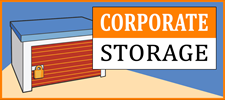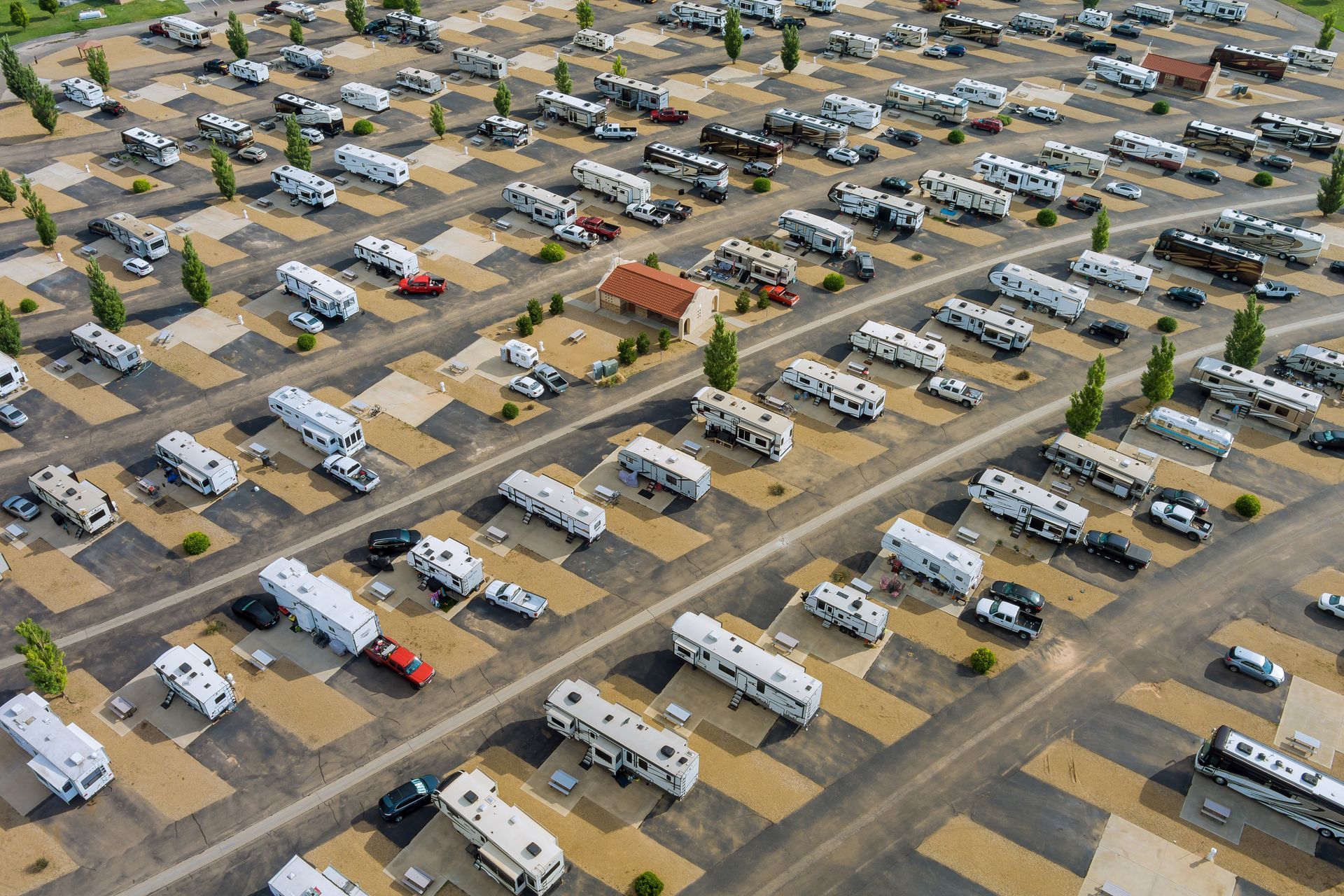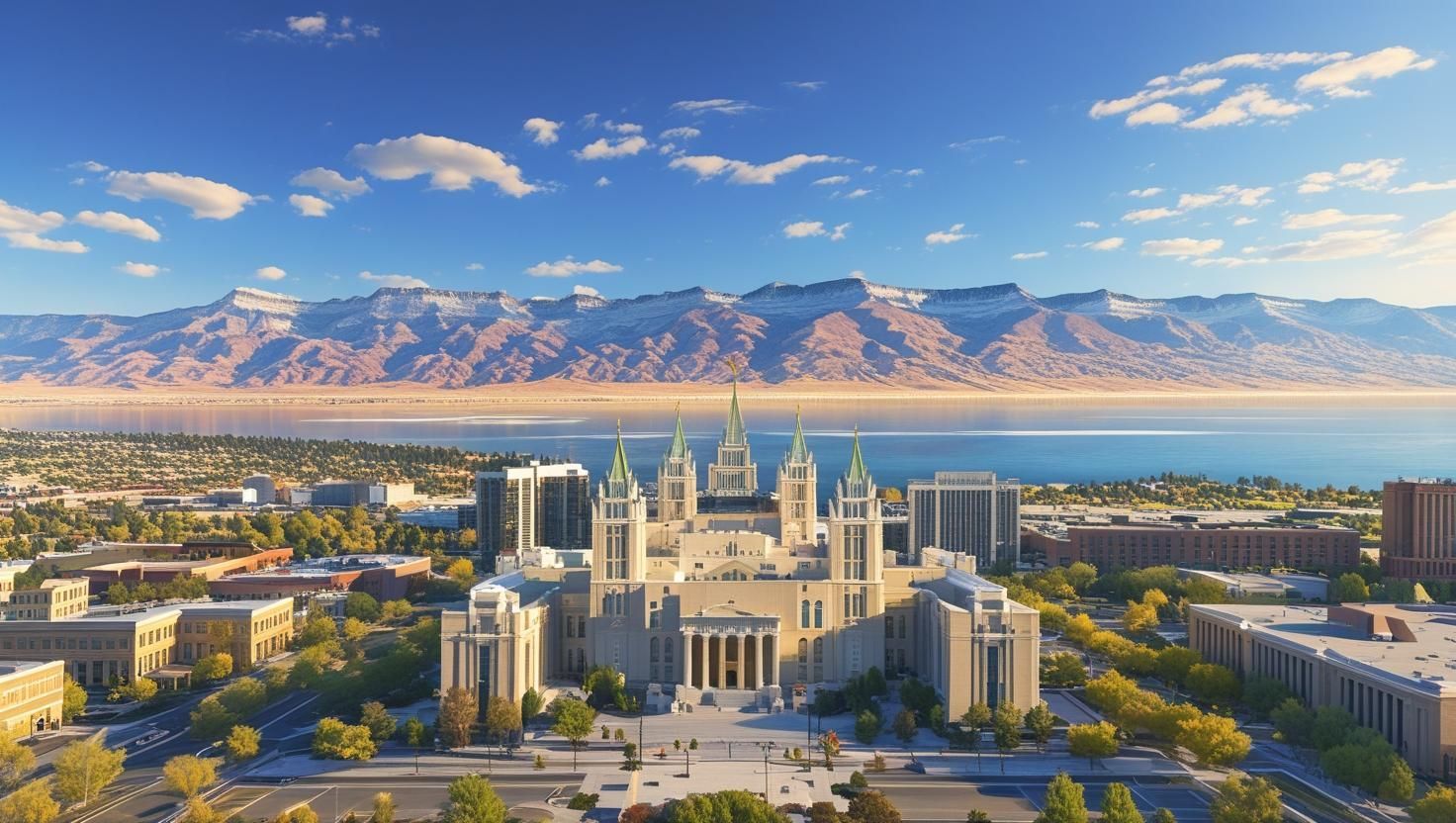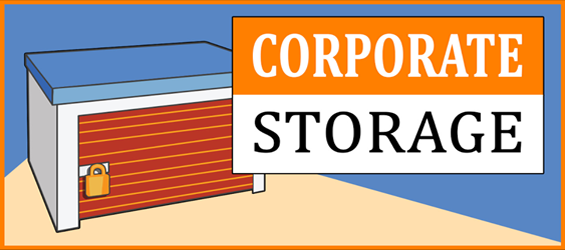Moving to Salt Lake City: Complete 2025 Relocation Guide
Thinking about moving to Salt Lake City? You’re not alone. The capital of Utah is one of the fastest-growing metro areas in the country, attracting families, young professionals, and retirees alike. With its strong job market, breathtaking outdoor access, and vibrant community life, it’s easy to see why. Whether you’re relocating from out of state or just across town, it helps to know what to expect.
For many people, starting fresh means utilizing temporary storage solutions in Salt Lake City to ease the transition while finding the right neighborhood or home. This guide walks you through everything you need to know before settling in.
Why People Are Moving to Salt Lake City
Salt Lake City offers a rare mix of urban convenience and natural beauty. It’s home to major employers and a thriving economy, yet just minutes away, you’ll find world-class skiing, national parks, and mountain trails.
The city consistently ranks as one of the best places for families and professionals thanks to its affordability, safety, and opportunities for outdoor recreation. With more companies investing in the region and more people seeking a balanced lifestyle, the population continues to grow year after year.
Salt Lake City at a Glance
Salt Lake City has a population of just over 200,000, while the greater metro area is home to more than 1.2 million people. It sits in the Salt Lake Valley, framed by the Wasatch Mountains to the east and the Oquirrh Mountains to the west.
The vibe is unique: historically conservative, yet with a growing progressive streak as new residents bring fresh perspectives. The city has also earned recognition for being LGBTQ-friendly, family-oriented, and increasingly diverse.
Cost of Living in Salt Lake City
The cost of living in Salt Lake City is slightly above the national average but still affordable compared to cities like Denver, Seattle, or San Francisco. Housing is the most significant expense.
Home prices have risen in recent years, with the median home price hovering around $550,000. Rent for a one-bedroom apartment downtown averages about $1,400 per month, while larger suburban rentals are closer to $2,000.
Groceries and utilities are about on par with the national average, while transportation is slightly cheaper thanks to short commutes. Utah has a flat income tax rate of 4.65%, and the sales tax in Salt Lake City is approximately 7.75%.
Overall, while not the cheapest city in the U.S., SLC provides solid value given the high quality of life. Many newcomers find that what they save on shorter commutes, outdoor recreation, and community-based activities balances out higher housing prices.
For comparisons with other metros, resources like Numbeo are helpful.
Housing & Best Neighborhoods
Finding the right neighborhood can make or break your move. Here are some of the most popular options:
- Sugar House: Known for its artsy, eclectic vibe, with walkable streets, local shops, and parks. Popular with millennials and young families.
- The Avenues: A historic area just north of downtown, with charming homes, tree-lined streets, and a thriving art scene.
- East Bench: Tucked against the mountains, this neighborhood is safe, family-friendly, and close to hiking trails.
- Capitol Hill: Great for young professionals who want proximity to downtown nightlife and culture.
Suburbs like Sandy, Draper, and Bountiful are worth exploring if you want more space or a quieter setting.
Job Market & Economy
Salt Lake City is a significant hub for business in the Intermountain West. The “Silicon Slopes” tech sector has brought in high-paying jobs in software, IT, and startups. Healthcare, education, and finance are also strong industries, with top employers including Intermountain Healthcare, the University of Utah, and Goldman Sachs.
Average salaries are competitive, especially when weighed against the cost of living. Unemployment rates tend to stay below the national average, making this an attractive place to build a career.
Education & Schools
Families moving to Salt Lake City will find solid educational options. The public school system, managed by the Salt Lake City School District, includes highly rated elementary, middle, and high schools.
For higher education, the University of Utah is the state’s flagship research university and a major employer. Private options, such as Westminster College, offer smaller class sizes and liberal arts programs.
Several charter and private K–12 schools also serve the metro area, making it easy for parents to find the right fit.
Transportation & Getting Around
Salt Lake City is well connected by the Utah Transit Authority (UTA), which operates TRAX light rail, buses, and FrontRunner commuter trains. The light rail makes it easy to reach downtown, the airport, and suburban communities. Still, most residents rely on cars, especially for accessing the mountains.
The average commute time is just under 20 minutes, well below the national average. Salt Lake City International Airport is a growing hub with non-stop flights to most major U.S. cities, making business and leisure travel convenient.
Weather & Climate
Salt Lake City experiences all four seasons. Summers are hot and dry, with temperatures in the 90s, while winters are cold and snowy, making it a paradise for skiers. Spring and fall are mild, with colorful foliage in the canyons.
One downside is the “inversion,” a winter weather pattern that traps cold air and pollution in the valley, affecting air quality. On the flip side, SLC averages over 220 days of sunshine per year, perfect for year-round outdoor activities.
Lifestyle & Things to Do
One of the biggest draws of living in Salt Lake City is the lifestyle. Within 30 minutes, you can be hiking in the Wasatch Mountains or skiing at resorts like Alta, Snowbird, and Park City. The city also has plenty of cultural attractions:
- The Utah Museum of Fine Arts and the Natural History Museum of Utah.
- Live performances at Eccles Theater and smaller local venues.
- A growing food scene, with everything from farm-to-table restaurants to local breweries.
- Community events and festivals like the Utah Arts Festival and the world-famous Sundance Film Festival are held nearby in Park City.
Nightlife is improving too, with new bars, breweries, and music venues drawing younger crowds. Food lovers also appreciate how diverse the dining scene has become—vegan cafés, authentic Mexican cuisine, and innovative American dining are all part of the mix.
Outdoor enthusiasts who own campers or motorhomes will also find it convenient to have dedicated RV storage in Salt Lake City for safe, year-round parking between weekend getaways.
For more ideas, check out Visit Utah.
Healthcare & Safety
Salt Lake City is home to several excellent healthcare systems, including Intermountain Healthcare and the University of Utah Hospital. Specialized care and clinics are also widely available.
In terms of safety, SLC is similar to most mid-sized U.S. cities: some neighborhoods experience more crime than others. Downtown can see higher property crime rates, while suburban areas and family-oriented neighborhoods tend to feel safer.
Utah’s unique liquor laws are another quirk—beer is capped at 5% ABV in grocery stores, and liquor is only sold in state-run stores, which can surprise newcomers.
Pros & Cons of Living in Salt Lake City
Every city has its ups and downs. Salt Lake City is no exception.
Pros:
- Strong job market with diverse industries.
- Easy access to outdoor recreation.
- Family-friendly neighborhoods and good schools.
- Short commutes compared to larger metros.
Cons:
- Rising housing costs.
- Restrictive alcohol laws.
- Air quality issues in winter.
- Less cultural diversity compared to bigger U.S. cities.
Tips for Moving to Salt Lake City
If you’re preparing for a move, here are some ways to make the process smoother:
- Create a moving checklist that covers utilities, address changes, and driver’s license updates.
- Explore neighborhoods in person before signing a lease or making a purchase.
- Consider using self-storage while you transition. It’s helpful if you’re downsizing, waiting on closing dates, or need extra space.
Another tip: connect with locals early. Whether through neighborhood groups, outdoor clubs, or professional networks, building relationships will help you feel at home faster.
Also, if you’re moving from out of state, give yourself time to adjust to Utah’s unique quirks—from liquor laws to the dry climate. Planning will make settling in much less stressful.
Conclusion: Is Salt Lake City Right for You?
Salt Lake City is one of those places that offers something for almost everyone. It combines job opportunities, outdoor adventure, and family-friendly living with the amenities of a modern metro area. Yes, there are challenges but for many, the trade-offs are worth it.
If you’re planning a move, using
Salt Lake City storage units can make the process easier and give you peace of mind during your transition. For thousands of people every year, Salt Lake City becomes more than just a place to move—it becomes home.




